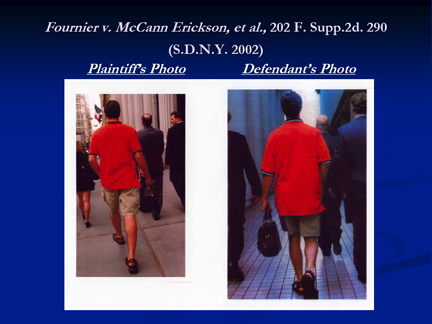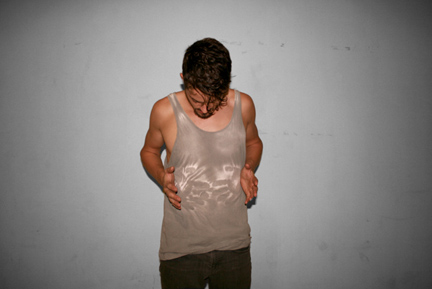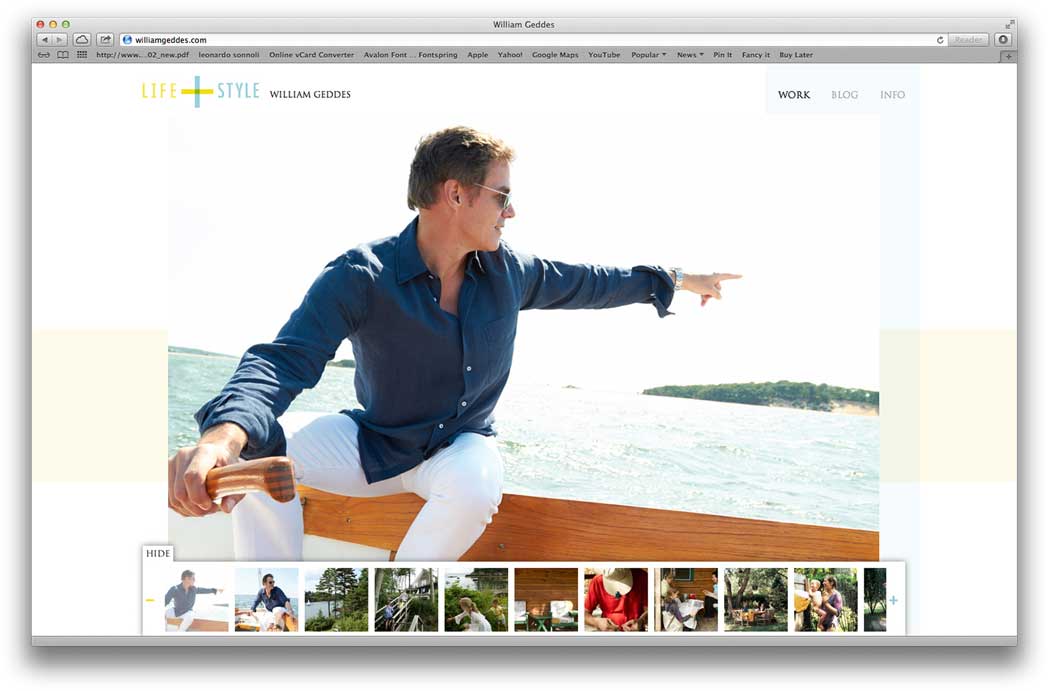
Clarifying Copyrights
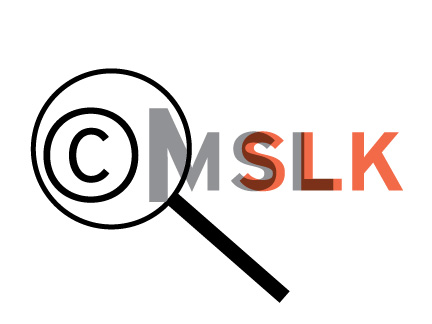
As I stated in a my previous post, MSLK has been working with the law firm of Tannenbaum Helpern Syracuse & Hirschtritt LLP to learn more about how copyright and trademarks protect brands and designs. In fact, we have invited Andrew Berger of THS&H to speak on this subject to Spark in April. In the interim, however Andrew has shared some light reading about copyright basics with us.
How many times have you been asked by a client or colleague to match an existing image or sample for a project? When MSLK was first starting out it happened to us a few times. As Andrew outlines in his document “How to Protect Your Copyrighted Works in an Internet Age” when you copy another’s work you may be headed for unwanted legal trouble.
We at MSLK believe that every brand has a unique personality as special as those who head the company themselves. Your personality, your vision, and philosophy’s should come through in everything that you do. Playing the “me too” game and positioning yourself next to your competitors strips away all of that personality and leaves you to compete on price alone, which is always a losing proposition.
The photos above show an ad on the left that comes close to duplicating a number of expressive elements in the photo on the right. A lawsuit for copyright infringement followed.
In his article, Andrew clarifies that copyrights protect “original works of authorship” fixed in a tangible medium. including: literature, music, photographs, paintings, video, sounds, sculpture, and design. “Original” in this context means independently created not necessarily wonderfully innovative, or artistic. In fact, Andrew explains in depth that the courts do not judge the artistic merit of the works that are the subject of the dispute, In other words, copyright does not require a minimum threshold of creativity. Nor does copyright depend on how much energy and effort you spent to create the work so long as what you created has at least a spark of originality.
In addition Andrew explains that courts protect the expressive elements in work, not the idea underlying it. Those protected elements include the creator’s unique style, arrangement of subjects, angle, lighting and shade. For example, you are free to create a photo of a casually dressed man walking in a business district so long you do not intentionally copy the unique style and creative elements of another’s photo.
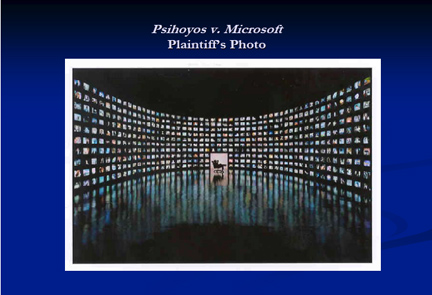
Here is another example of a case, handled by THS&H, where the photographer claimed that the defendants copied the expressive elements in his work. In the 90’s, photographer Louis Psihoyos created a photo called 500 TVs which was quite revolutionary and was widely celebrated as a vision of the information revolution then on the horizon. When a Microsoft ad years later placed a model in similar position in a similar setting, Mr. Psihoyos sued, arguing that the ad infringed his work. This was a challenging example for me to grasp, however, it teaches that it is best to use an earlier work, not as a template for your own work, but simply for reference and inspiration.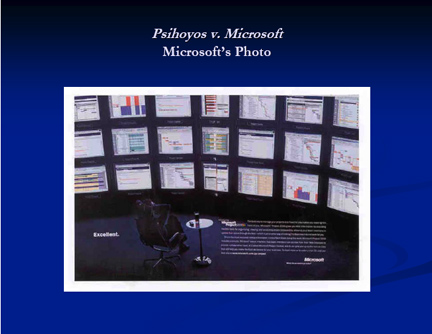
Copyright thus helps us artists protect our individual styles, innovations, and livelihoods. I now have good reason to consider protecting many of our works widely distributed in design annuals, books, and online.
Andrew’s article which you can download here also covers:
- When is copyright created?
- Why and how to register your works with the Copyright Office?
- Why you should register and what types of work can you register?
- What rights do copyright holders have?
- Who owns a copyright on joint projects and work for hire (another very important issue for contract designers)
- What constitutes copyright infringement?
- What is the “Fair Use” defense to copyright infringement?
